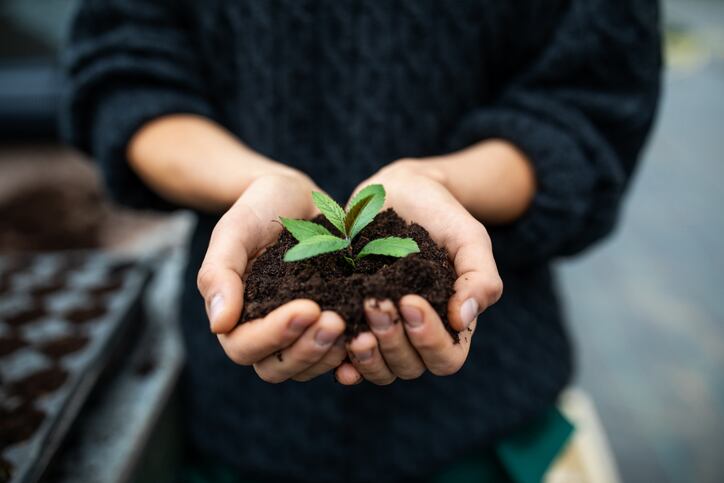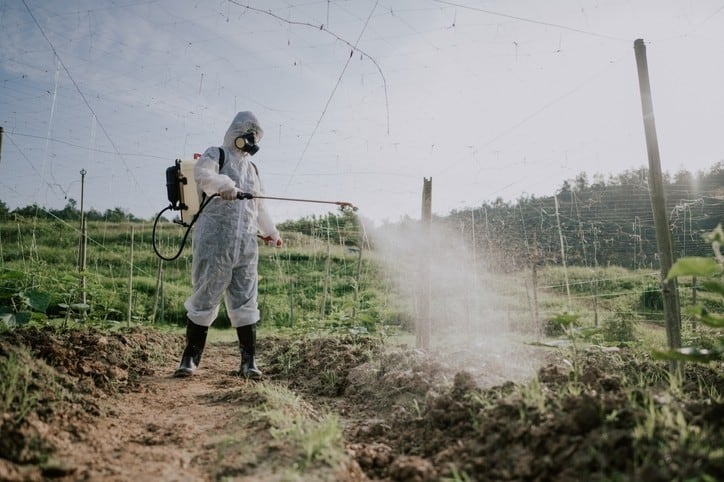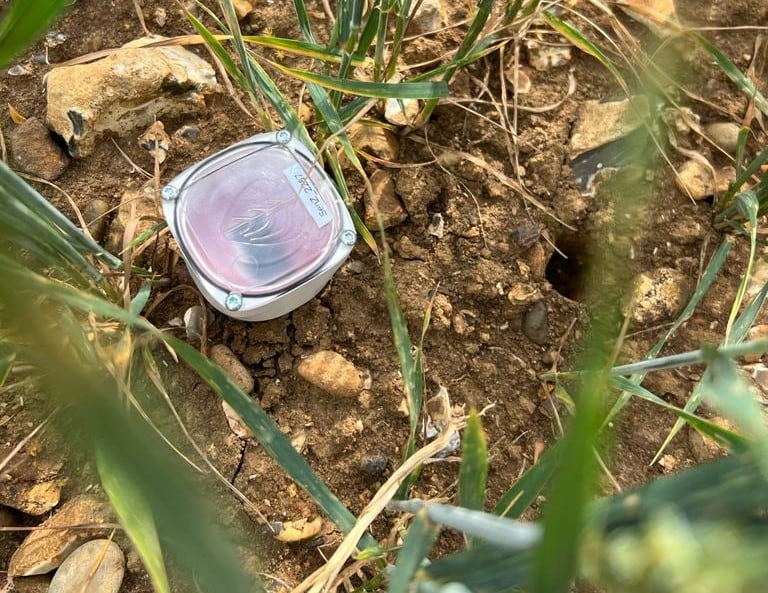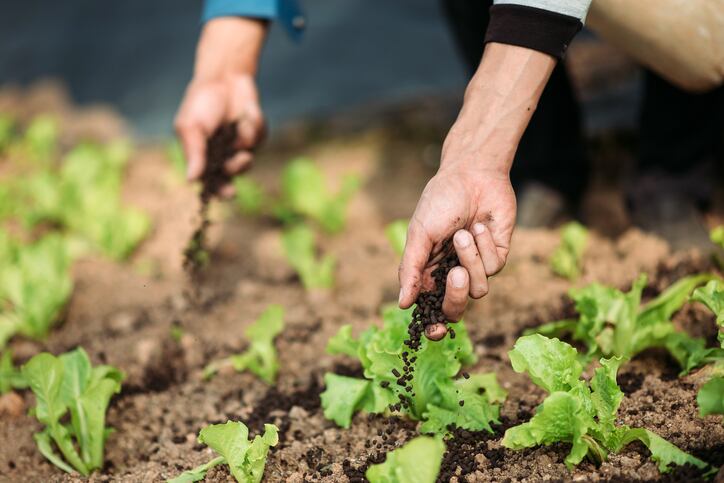Mycorrhizal fungi contributes to improved plant growth and soil fertility through nitrogen fixation, phosphorus solubilization and the synthesis of growth-promoting substances. Its therefore one bio-fertiliser gaining prominence in the ag-tech landscape as a sustainable alternative to conventional chemical fertilisers, with a slew of VC-backed start-ups leading the disruption including BASF Venture Capital.
One company singing mycorrhizal fungi’s praises is Isreali-based Groundwork BioAg. It believes mycorrhizal fungi can help supercharge agricultural carbon sequestration. Last year it announced the global launch of its Rootella Carbon programme, which aims to unlock carbon credit revenue for farmers around the world. The programme – based on mycorrhizal carbon, a frontier technology that leverages mycorrhizal fungi as a nature-based solution for carbon dioxide removal – has the potential to sequester one gigaton CO2 equivalent within one decade, the company claims.
Such is Groundwork BioAg’s belief in the power of mycorrhiza, it has trademarked a moniker for it: the Queen of Biologicals.
According to the company, Rootella Carbon harnesses the power of Rootella – a family of mycorrhizal inoculants that are exclusively developed and produced by Groundwork BioAg.
Rootella has been applied on over 4.5 million acres in 17 countries. They are highly effective mycorrhizal inoculants that are proven to sequester significant amounts of carbon in cropland (1-4 tCO2eq/acre annually), Groundwork BioAg claims.
The programme represents a transformative approach to carbon sequestration for conventional and regenerative farmers alike, according to Dr. Yossi Koffman, co-founder and CEO of Groundwork BioAg.
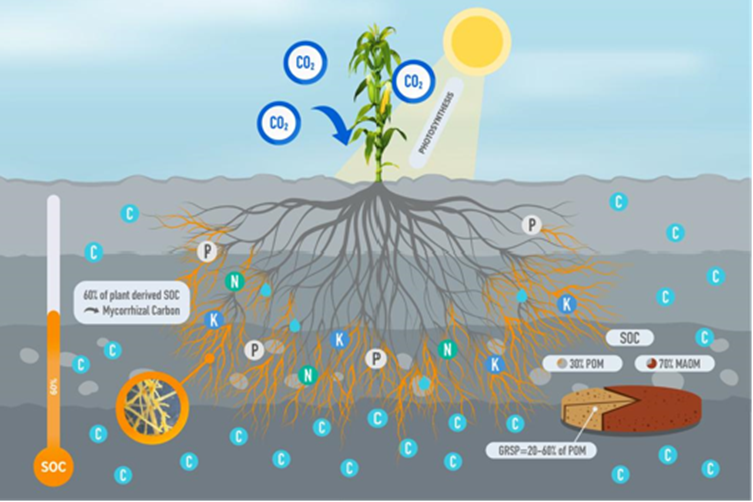
MYCORRHIZAE: CARBON'S MAIN PATHWAY INTO THE SOIL
- Mycorrhiza is a natural plant root-fungal symbiosis that serves as carbon's main pathway into the soil
- By attaching to roots and extending the root zone by 10- 100x, they provide the foundation for additional microbial communities to thrive
- 20% of photosynthesized carbon is passed through from roots to mycorrhizal fungi, which in turn, sequester the organic carbon permanently within stable recalcitrant glycoproteins
- In fact, 60% of all plant-derived soil organic carbon is attributed to mycorrhizal carbon.
Source: Groundwork BioAg
“Since our inception, we have known that mycorrhiza offers a compelling agricultural solution to mitigate climate change,” he said. “Rootella Carbon delivers on that vision by paving the way to a gigaton of CO2 sequestration in the next decade.”
Carbon credit programmes have been touted as a new revenue source for farmers, but adoption has been slow thus far due to high costs and practice change requirements.
In a recent survey of top producers in the US, 63% of respondents said they would enroll in a carbon programme if a product unlocks additional revenue and fits easily into existing farming practices. Simultaneously, carbon buyers are fueling demand for premium, verifiable credits to meet net-zero pledges responsibly and sustainably.
This year, a select group of corn, soybean, alfalfa, and cotton farmers across eight states enrolled acres in Rootella Carbon, the first mycorrhizal carbon project in the world.
“Clearly soil biology is the new frontier and will be for the next 10 years,” said Sledge Taylor, who farms corn, soybean and cotton on a multi-generational farm in Mississippi and enrolled in Rootella Carbon. “I invest in my soil; it is a true asset.”
Premium carbon credits
Groundwork BioAg hope the Rootella Carbon programme is set to enable adoption by conventional and regenerative farmers to usher in a new asset class. Mycorrhizal fungi are “carbon’s main pathway into the soil”, said Koffman. “Up to 20% of plant photosynthate is passed to mycorrhizae, creating a positive net flux of carbon into the soil. Mycorrhizae aggregate soil particles to form stable and recalcitrant carbon-based molecules that persist in the soil for millennia.”
Some 27% of mycorrhizal carbon is considered permanent, he said, even under tillage, for decades, centuries, and even millennia. He claims that via the programme, Rootella Carbon farmers can expect to sequester 1-4 tCO2eq per acre per year—an unprecedented carbon sequestration rate, and thus gain access to high-integrity, high-volume carbon credits.


